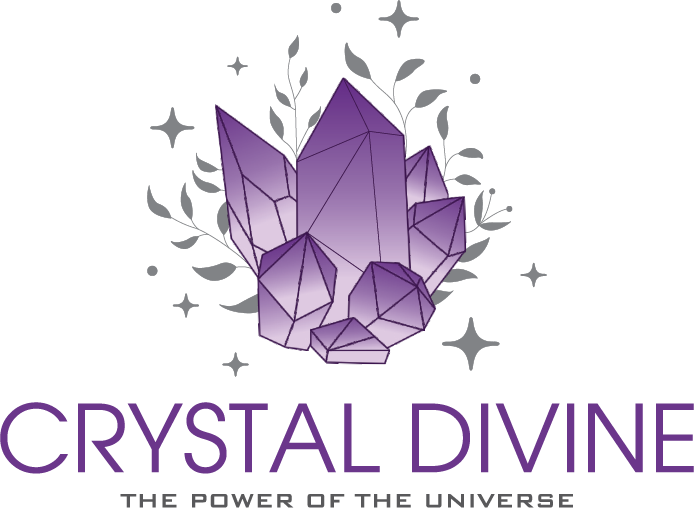Prehnite Crystals
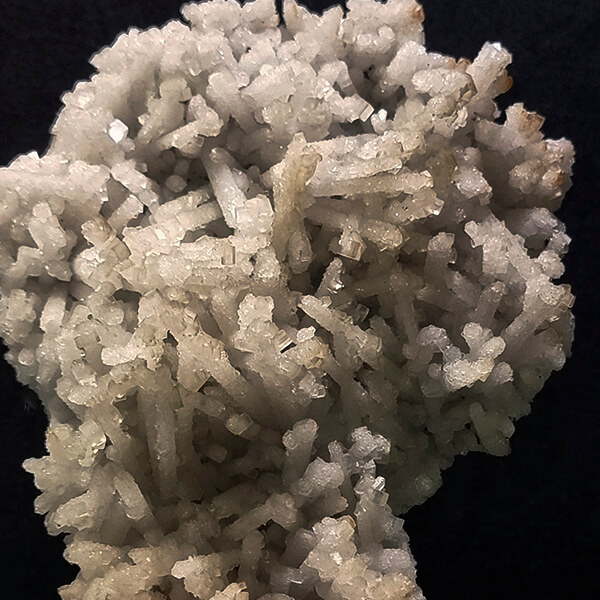
About Prehnite crystals
Prehnite is an inosilicate of calcium and aluminium with the formula: Ca2Al(AlSi3O10)(OH)2 with limited Fe3+ substitutes for aluminium in the structure.
Prehnite crystallizes in the orthorhombic crystal system. However: most often it forms as stalactitic, botryoidal, reniform or globular aggregates, with only just the crests of small crystals showing any faces, which are almost always curved or composite.
Very rarely will it form distinct, well-individualized crystals showing a square-like cross-section.
Prehnite is brittle with an uneven fracture and a vitreous to pearly luster. Its hardness is 6.5, its specific gravity is 2.80–2.95
Its color varies from light green to yellow, but also colorless, blue, pink, or white. In April 2000, rare orange prehnite was discovered in the Kalahari Manganese Fields, South Africa.
Prehnite is mostly translucent and rarely transparent.
Though not a zeolite, prehnite is found associated with minerals such as datolite, calcite, apophyllite, stilbite, laumontite, and heulandite in veins and cavities of basaltic rocks. It is frequent in the Deccan trap formation in India.
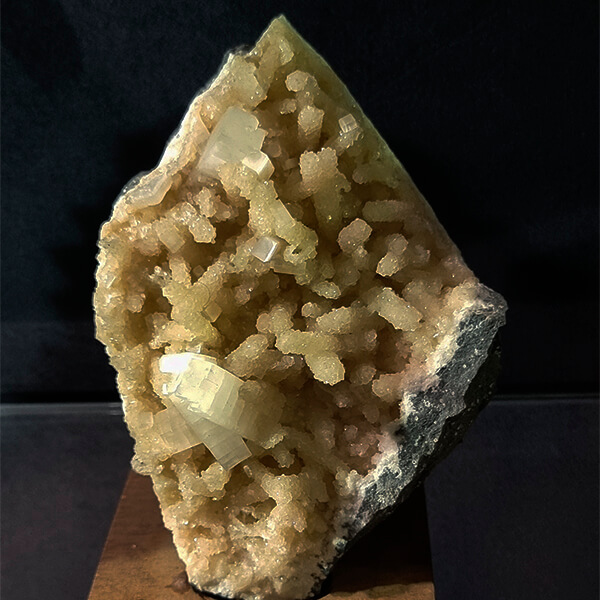
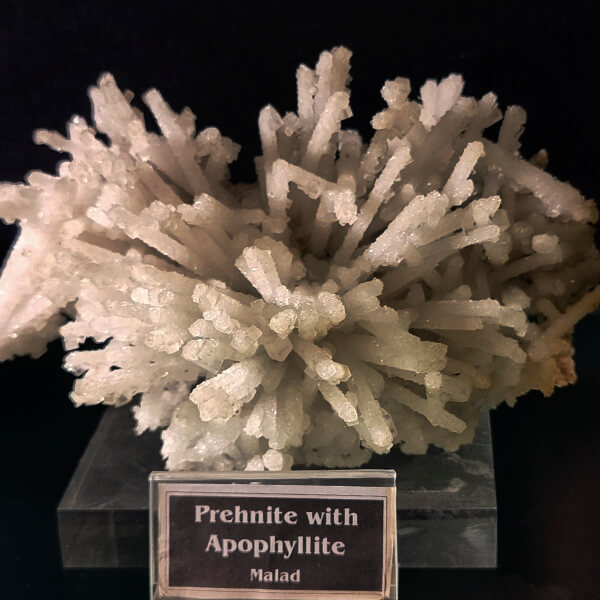
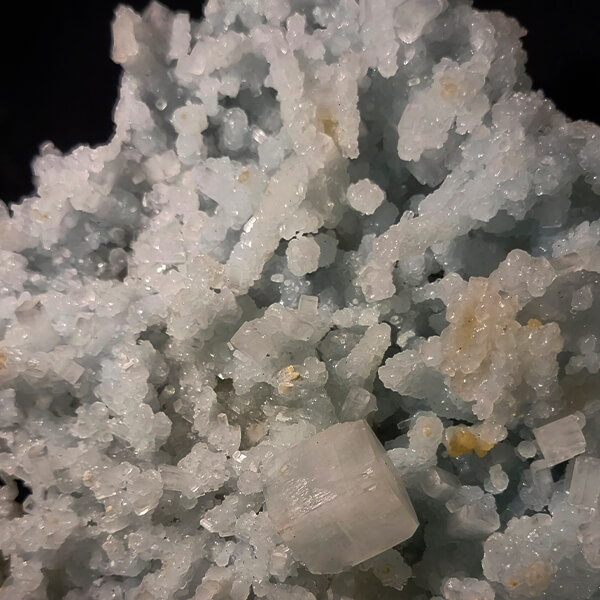
Contact us for Indian crystals
Thanks to our new joint venture with the Indian crystal dealer “Crystal Divine“, we can now source and provide those beautiful crystals for you and ship them directly from India to your doorstep. Contact us for more information and orders.
The Geology of the Indian Deccan Traps.
The Deccan Traps is one of the largest volcanic features on Earth. It consists of numerous layers of solidified flood basalt that together are more than about 2,000 meters (6,600 ft) thick. Today it covers an area of about 500,000 square kilometers (200,000 sq mi), and has a volume of about 1,000,000 cubic kilometres (200,000 cu mi).
The term trap is derived from the Swedish word for stairs (trapp) and refers to the step-like hills forming the landscape of the region. The name Deccan has Sanskrit origins meaning “southern”.
The Deccan Traps began forming 66.25 million years ago, at the end of the Cretaceous period, when lava began to extrude through fissures in the crust known as fissure eruptions. This series of eruptions may have lasted for less than 30,000 years.
The release of volcanic gases, particularly sulfur dioxide, during the formation of the traps may have contributed to climate change. An average drop in temperature of about 2 °C (3.6 °F) was recorded during this period.
Work published in 2014 by geologist Gerta Keller and others on the timing of the Deccan volcanism suggests the Cretaceous–Paleogene (K–Pg) extinction event may have been caused by both the volcanism at the Deccan traps and the Chicxulub impact event in North America, which would have produced a sunlight-blocking dust cloud that killed much of the plant life and reduced global temperature (this cooling is called an impact winter).
Do you want to know more about how you will benefit from our Crystal Wholesale Alerts?
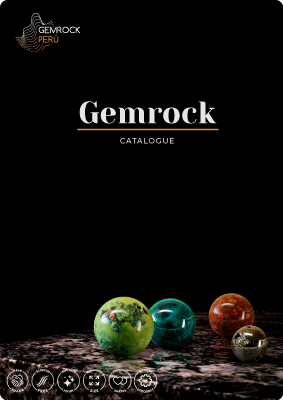
Is there anything you wish to know about:
Shipping cost and logistics, Payment options, Product quality, Packaging, Shipping damage, Refunds, etc. ?
Cutting services
Do you need reliable high-quality cutting services for a reasonable price? Are you looking for a service provider that is willing to develop new products according to your requirements? Would you like to get expert advice in order to improve your product? Do you wish for someone to optimize the process and get the most out of your rough? Just talk to us.
Get in Touch
+51 994104206
gemrockinternational@gmail.com

